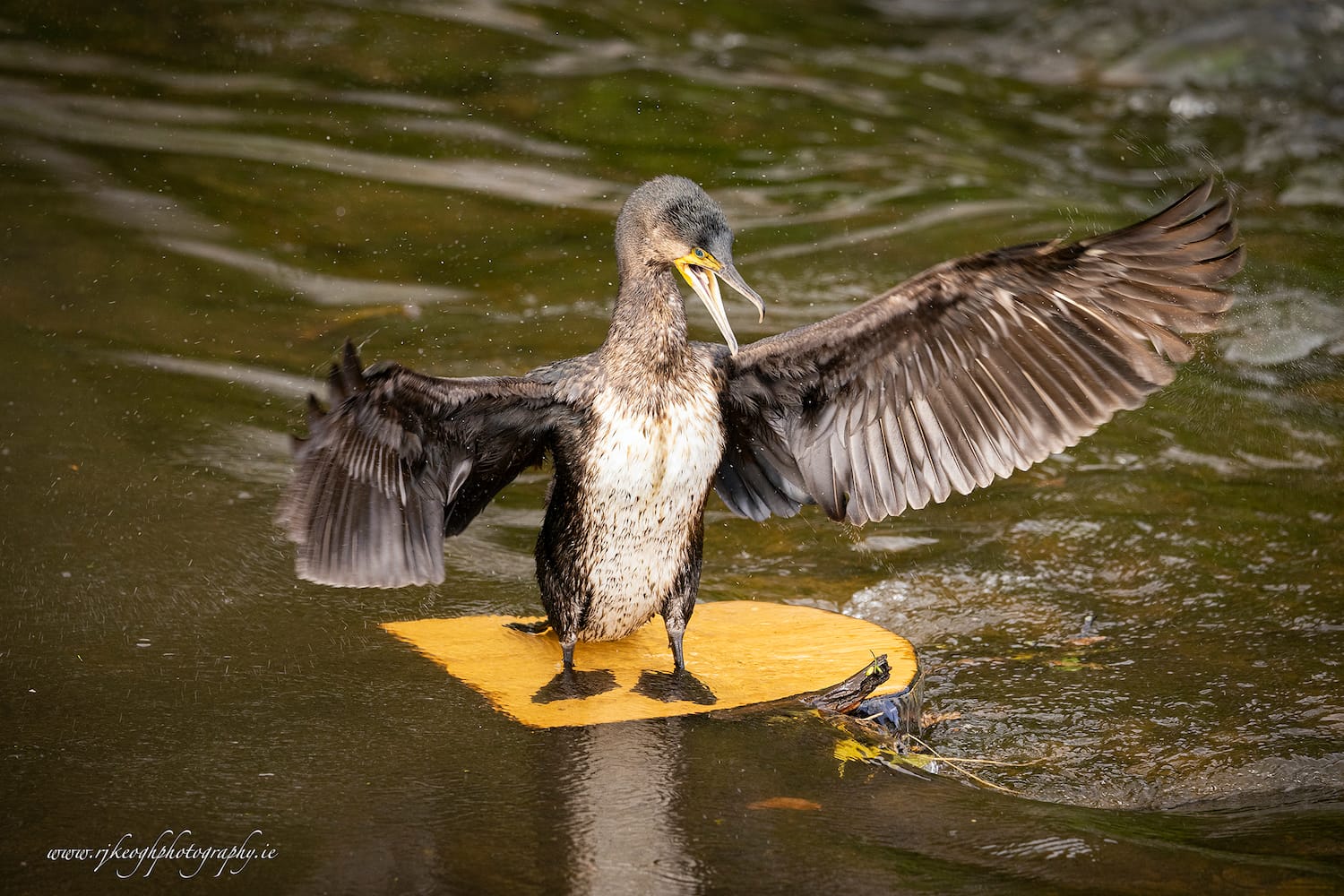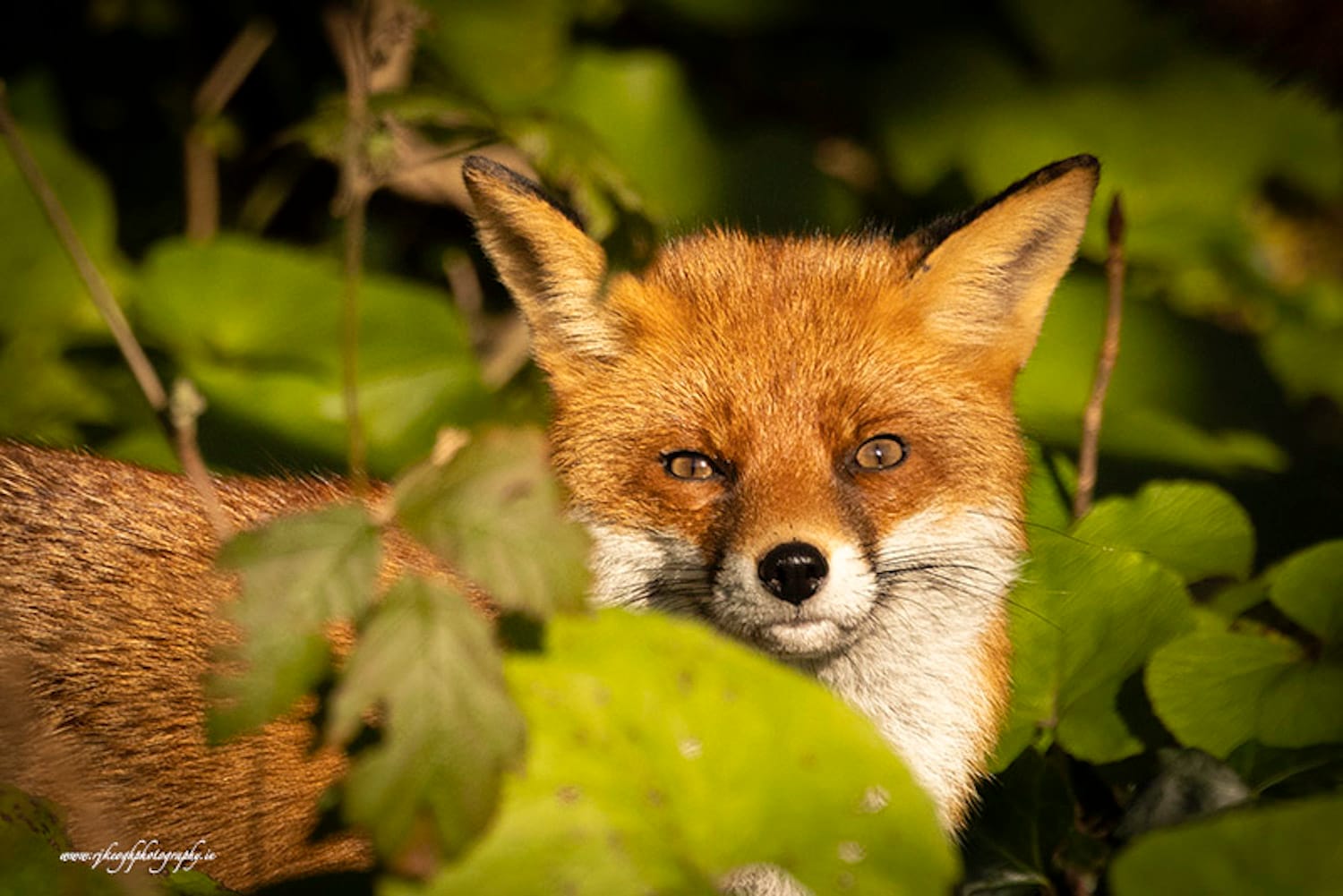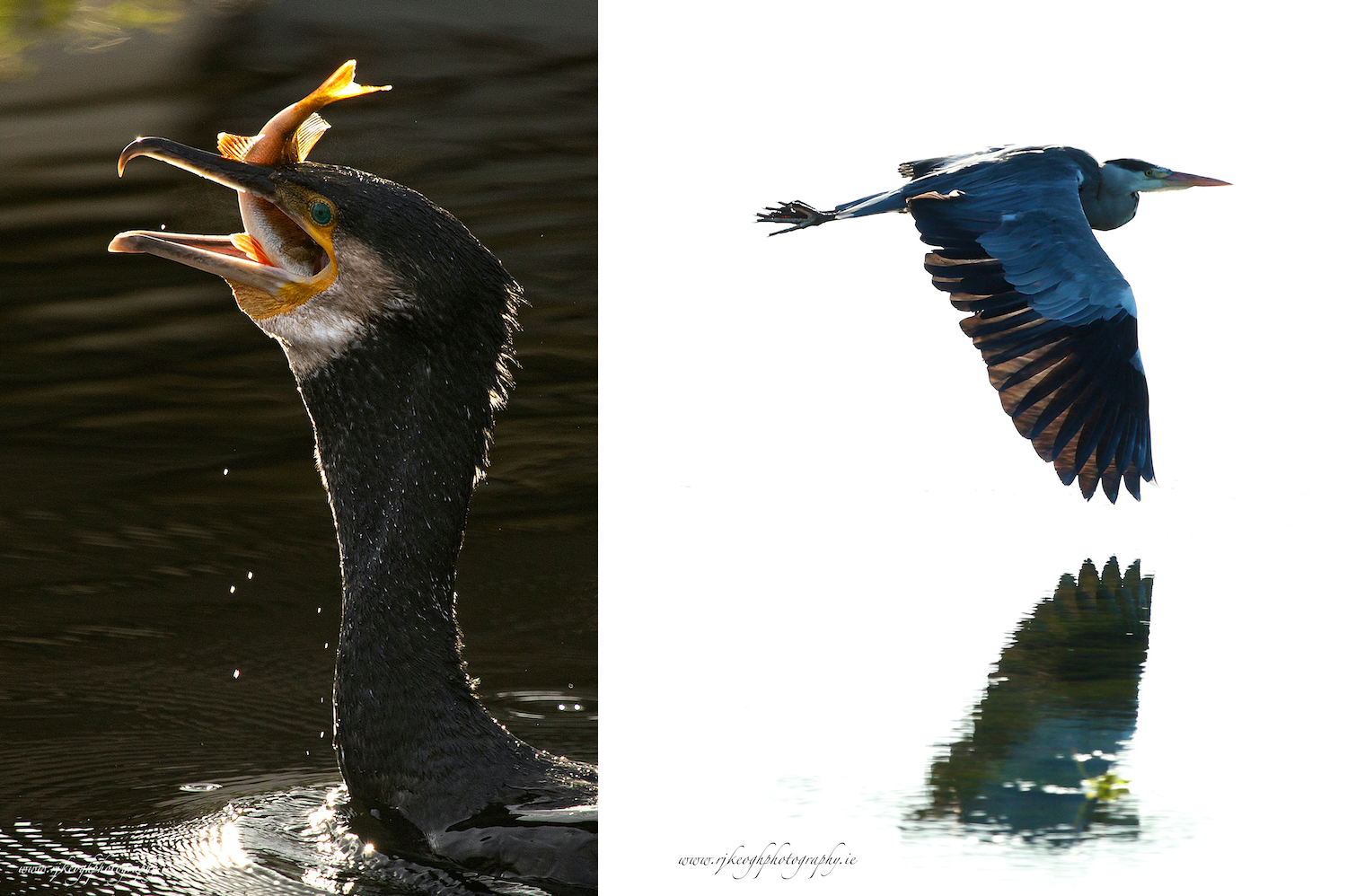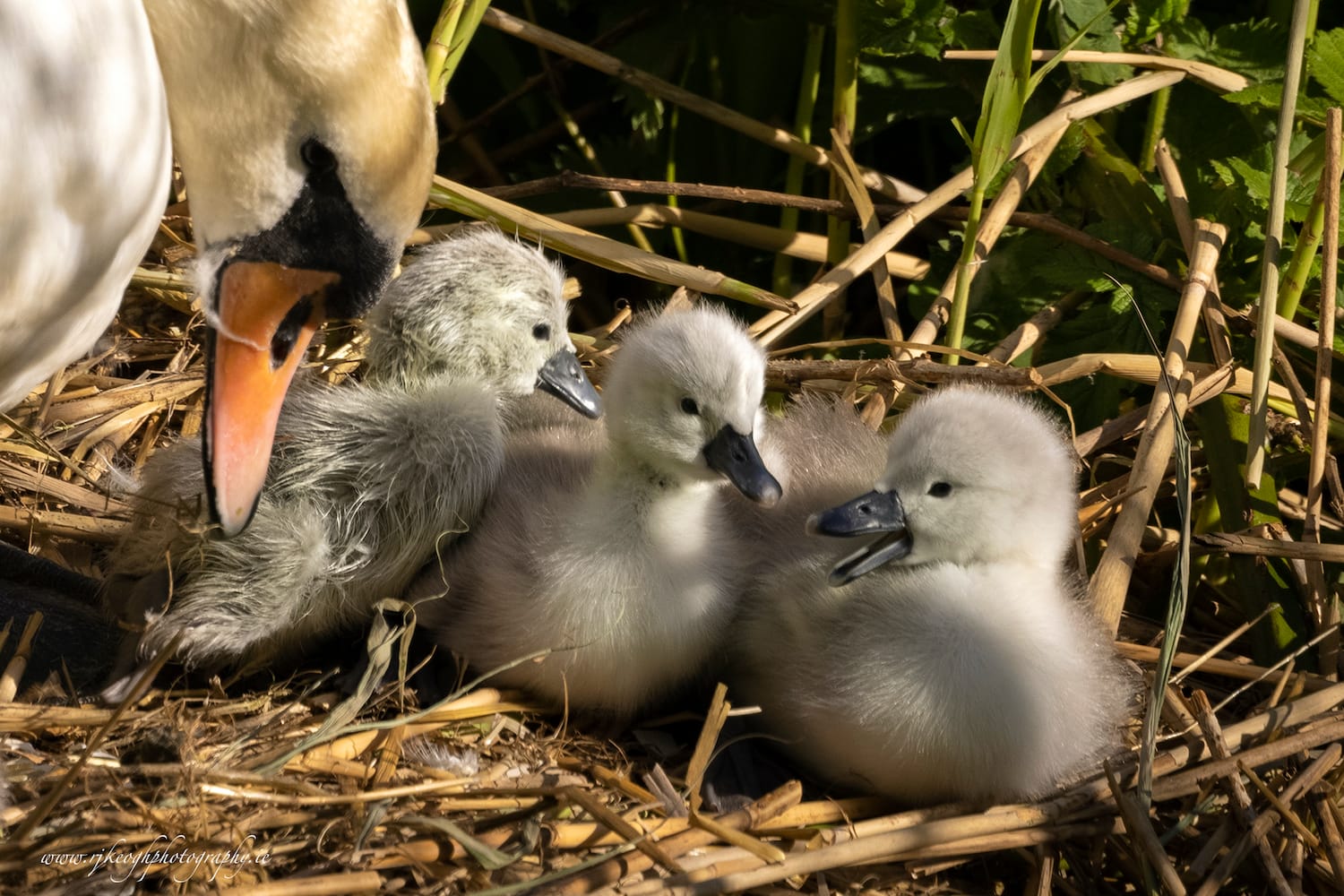What’s the best way to tell area residents about plans for a new asylum shelter nearby?
The government should tell communities directly about plans for new asylum shelters, some activists and politicians say.
Seagulls “grow up to be terrorists, but they’re lovely when they are babies”, says Robert Keogh.

From his office window in the Crumlin children’s hospital, Robert Keogh can see seagulls nesting on the roof of the building opposite and feeding their young.
A few weeks ago he wangled access to the maintenance corridor so he could get up on the roof, he says.
“You don’t want to go too near them,” he says. “Seagulls can get very protective and take your head off.”
Keogh works in procurement in the hospital. But he double-jobs as a photographer and, once he was up high, he zoomed in and captured the early life of one of Dublin’s least favourite birds.
The baby seagulls have light-brown fur that is a touch spikey and brown speckled heads with big black eyes. Their webbed feet look too big for their bodies.
“They grow up to be terrorists,” says Keogh, laughing, “but they are lovely when they are babies.”
Keogh specialises in snapping wildlife and sees no reason to go out to the countryside to do that, he says.
Within Dublin, he has taken photos of a cormorant surfing down the Dodder River on a piece of wood.
He’s captured a fox eyeing a heron, and a fierce-looking wild goat with big antlers standing on the rocks on Dalkey Island.
There is something satisfying about wildlife photography, he says. Some days you might end up with nothing but there is an element of chance, and with that, adventure.
“When you get that image of the kingfisher coming out of the water with the fish, you come home feeling you nailed it,” he says.

The river flowed lightly on Monday along the Dodder in Rathfarnham.
It’s one of Keogh’s favourite spots in the city for wildlife, he says, as he strolls along the bank.
The opposite bank is thick with big green trees, singing and chirping.
This spot is popular with the kingfishers because the water is so clean and they are fussy eaters, says Keogh.
He points to the weir, where he snapped the cormorant as it landed on the piece of wood and surfed along the river.
Keogh crouches down to take a few photos of a glossy-coated vixen as she suns herself on the river bank. This one had cubs recently, he says.
He had spotted her when she was pregnant.
He stands up and takes some more photos. Another fox arrives. The partner, says Keogh.
Some more people stop to watch. Usually foxes are timid but because of the wide river they don’t mind people watching, says Keogh. “They are just so casual.”
The tod fox settles in behind some rushes. He scratching his body repeatedly, his coat torn.
He has mange, says Keogh, but people have been trying to feed him doggy biscuits with antibiotics. “He is looking better than he was,” he says.

Keogh never formally trained as a photographer.
But he joined the Dublin Camera Club around 15 years ago, he says. The weekly competitions suited his competitive nature.
“Every week, you would want to be winning,” says Keogh. “Your photos were judged and some of them were getting decimated.”
It motivated him to want to do better. Soon he was winning portraiture competitions and started doing studio work, he says.
He didn’t need formal training and he always noticed things like shadows, he says. “It is just like an art form, you either see it or you don’t.”
A few years ago he got a good zoom lens that “sort of led me into wildlife”, he says.
There is a sense of camaraderie among wildlife photographers, he says. They give each other tips.
If another photographer spotted the kingfisher and knew he had gone in the wrong direction, they would text him, he says.
Dublin city has wildlife in abundance, he says, yet often people don’t notice it until he stops and starts snapping.
He often goes to the Phoenix Park and the Clontarf seafront – and the canal in Phibsborough, where he lives.
The canal has gotten better since Covid-19. “The cormorant settling in on the old bakery, I’ve never seen that before,” he says.
Back on the banks of the Dodder in Rathfarnham, Keogh hops over a wall and battles through some tall ferns and weeds.
Across the river he sees a duck standing on a stone, shaded by trees. The river is calm and her reflection is almost complete.
The dark background offers a great photo opportunity, making the subject stand out. Even better though is the full sunlight behind, he says.
He once took a photo of a heron flying along the canal, and the bright sunlight behind it washed the background to white.
It blew out completely because it was overexposed, he says. “So it looks like a painting, almost, because the heron is in focus and sharp and the only other thing in focus is the reflection of the reeds.”
“It is hard to convince people that it is not photoshopped,” he says laughing, standing on the river bank.
He never enhances any of his wildlife images because he enters international competitions, which have strict rules against that.
“They often ask you for the raw file to show that it is genuine,” he says.

Later that same day, in the People’s Flower Gardens in the Phoenix Park, near the entrance from the North Circular Road, Keogh takes a few photos of a family of swans.
Among them, swimming in the pond, are three fluffy grey cygnets.
He got a great photo of one of the babies recently when he captured it still wet from coming out of the egg.
It looks like a family photo. Perhaps the mother is introducing the new cygnet to its siblings for the first time.
Keogh worked for that photo. He knew that the cygnets were due to hatch so he checked in every day after work, he says.

Perseverance often pays off, but a lot of times getting a good photo is just about luck, says Keogh, as he stands and gazes at the swans.
His favourite is one he took on the canal of a cormorant catching a perch, he says.
That was sheer chance and an image he couldn’t recreate, he says.
“Everything just came together in terms of the light,” he says. “It was early morning, the sun was coming up and it backlit him – and lit up the perch.”
Get our latest headlines in one of them, and recommendations for things to do in Dublin in the other.